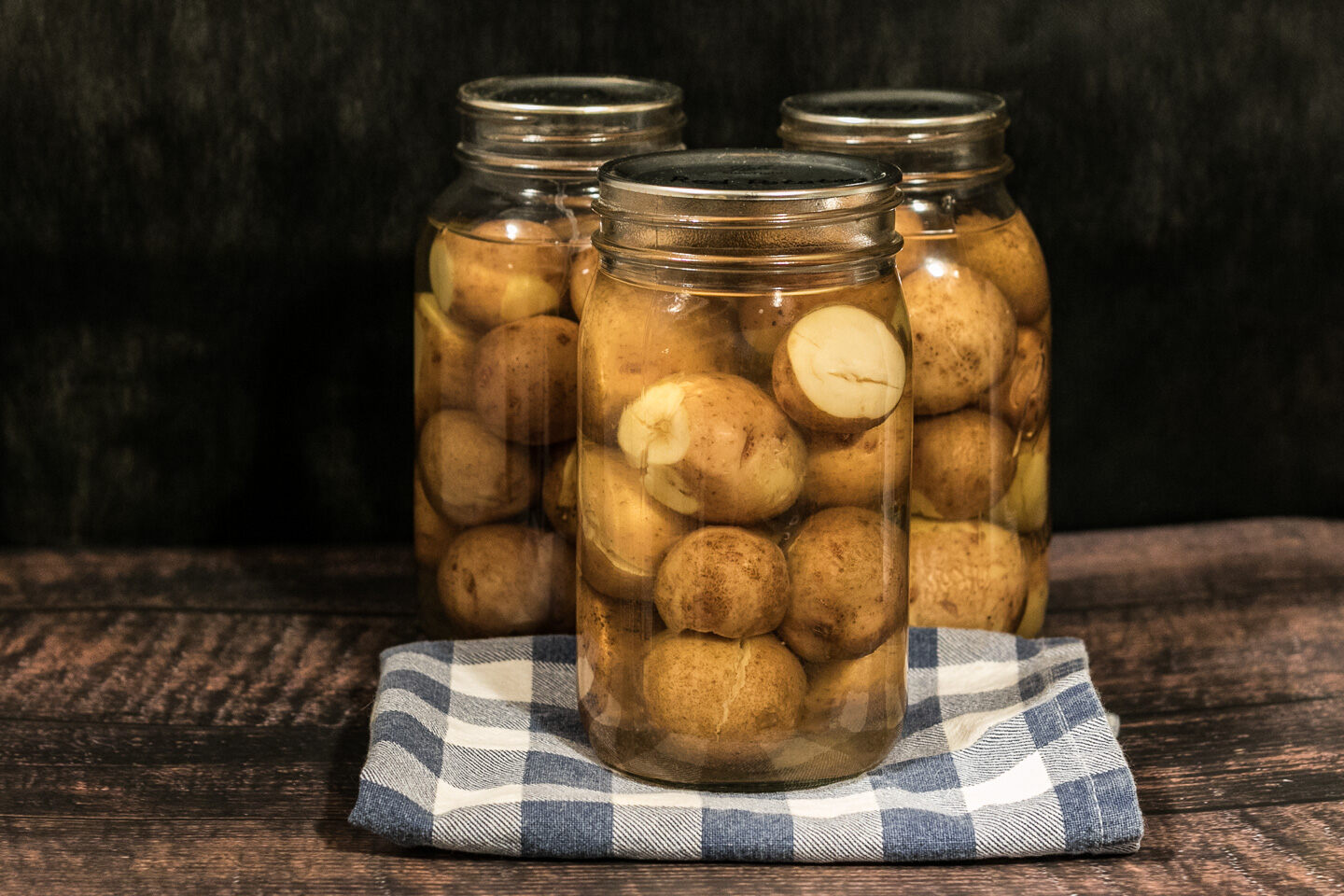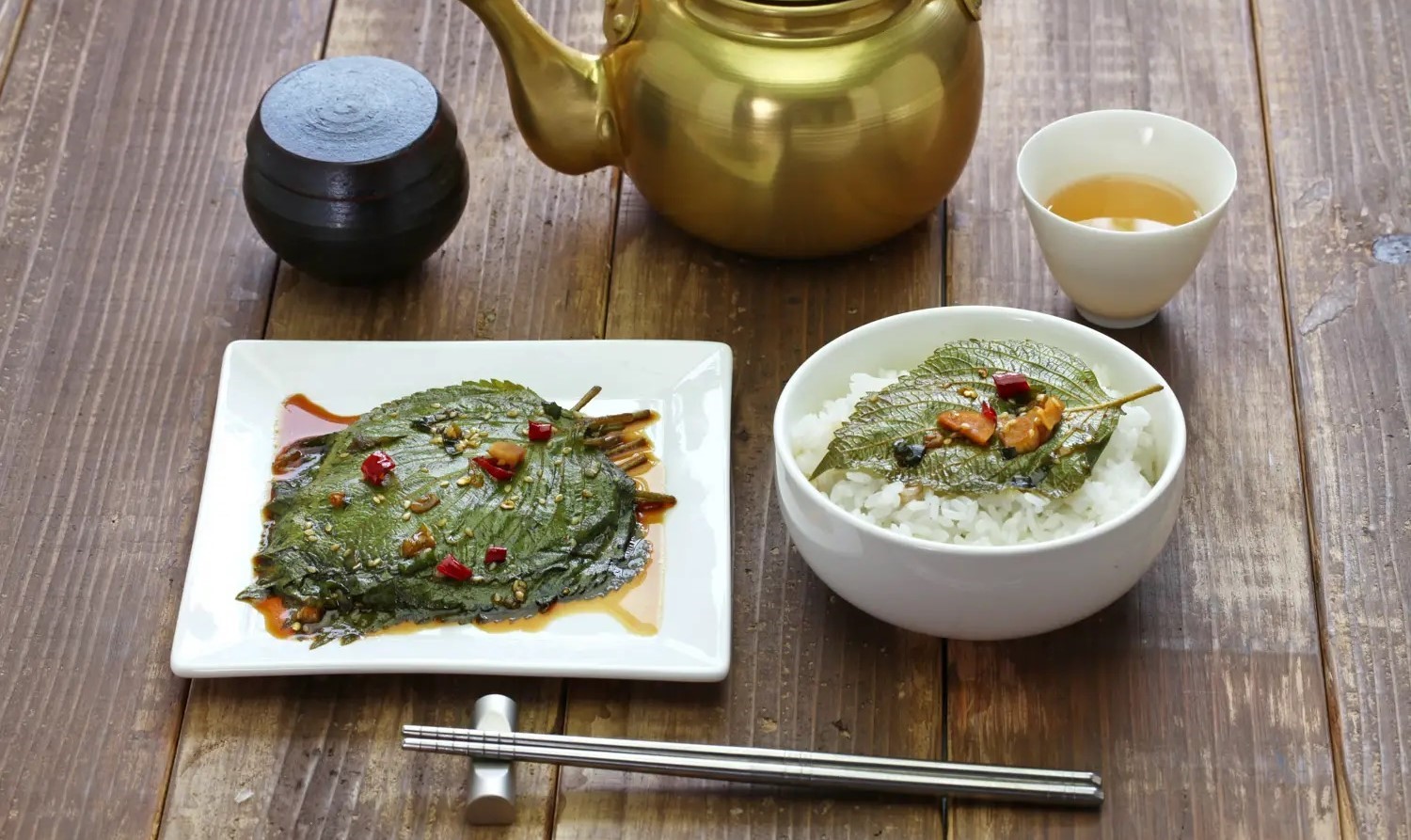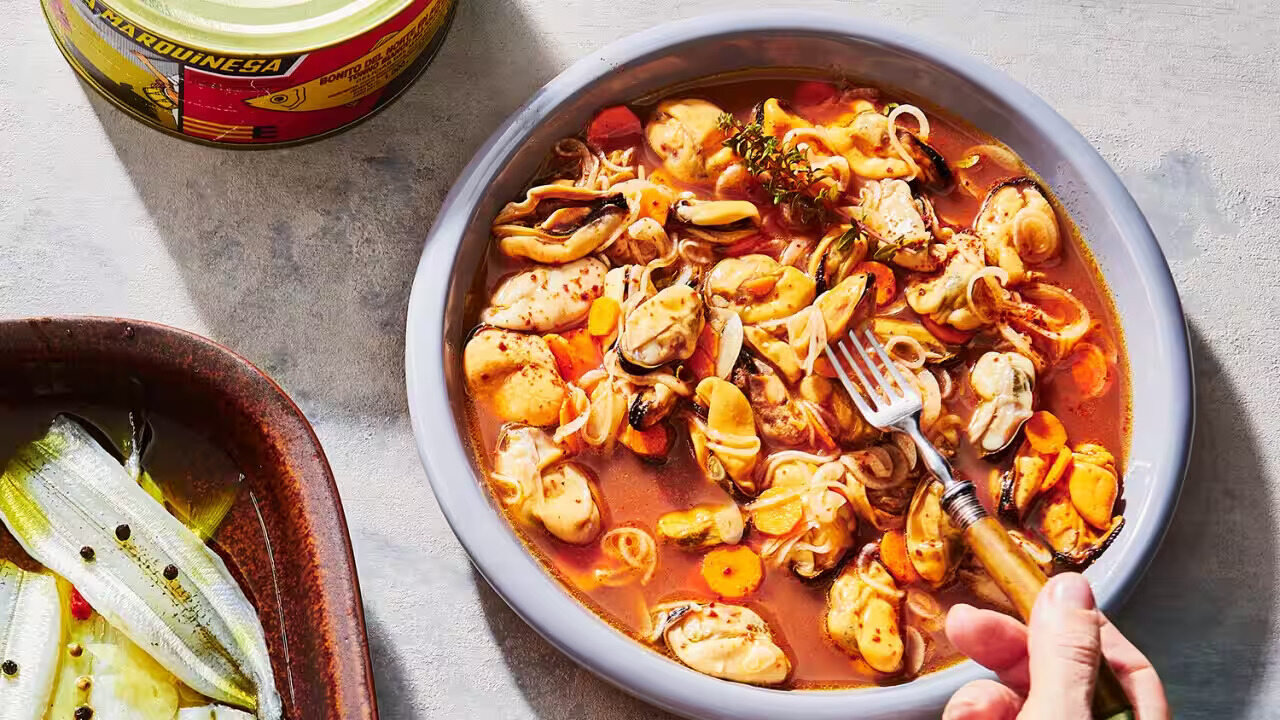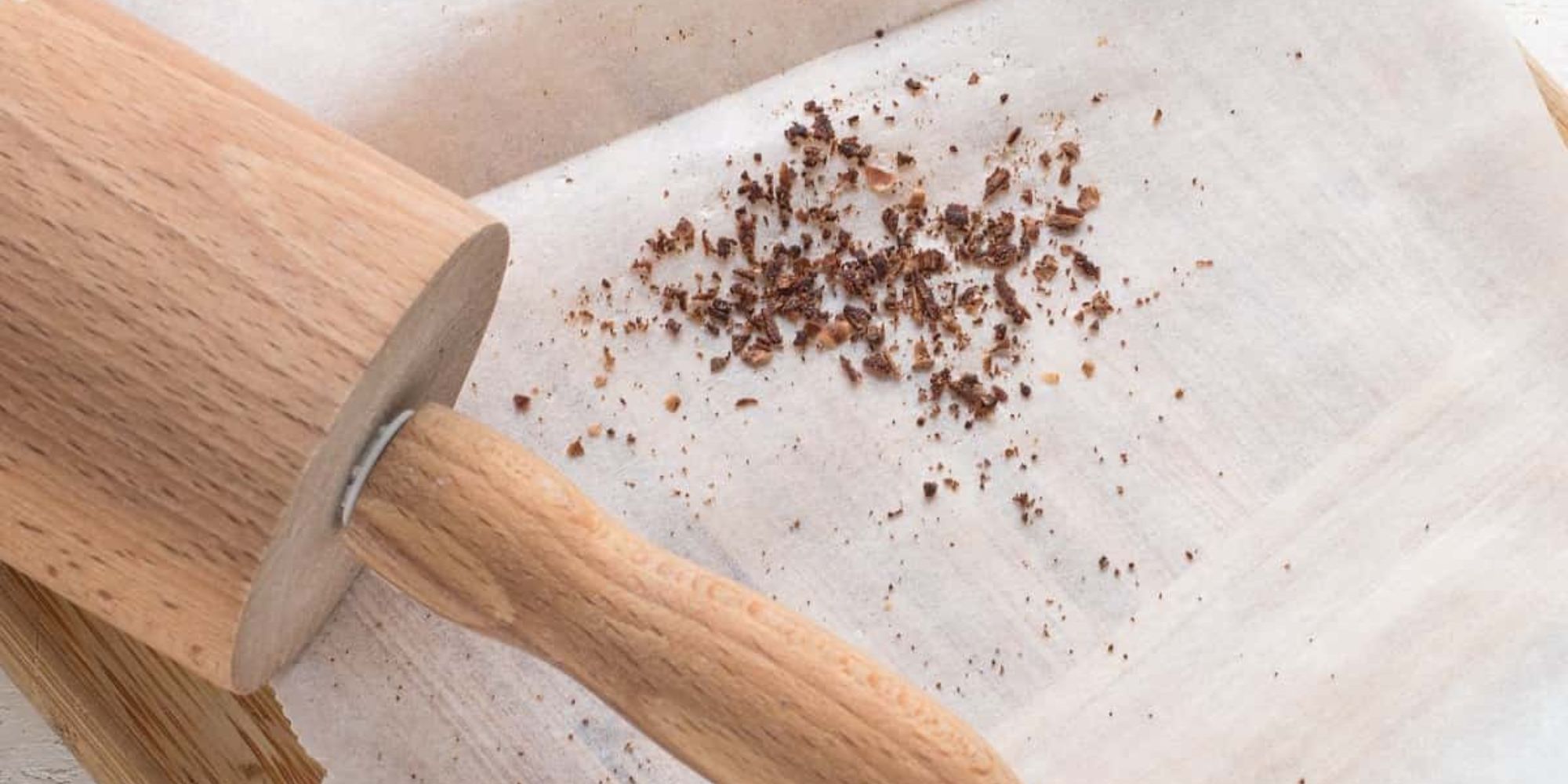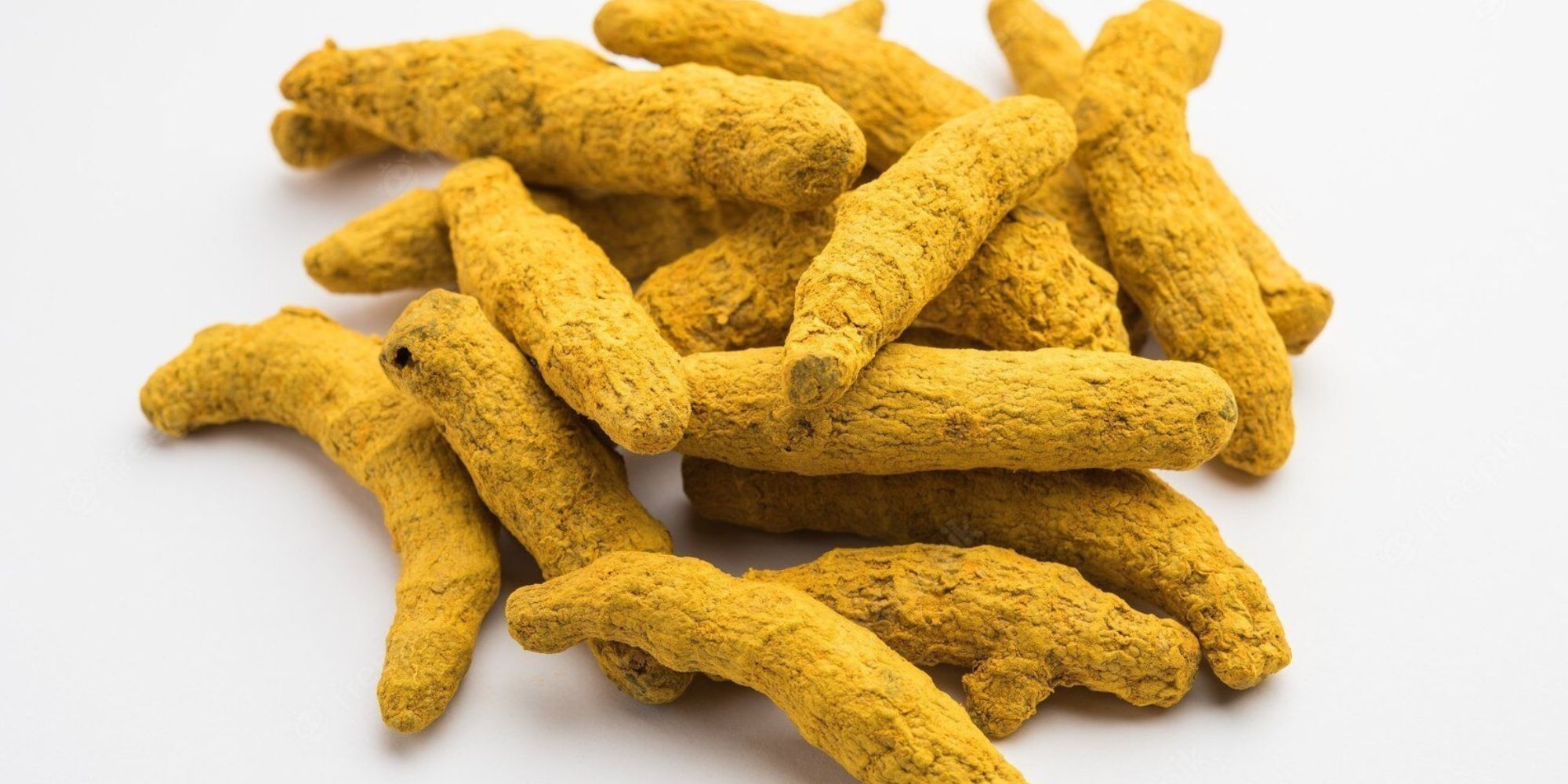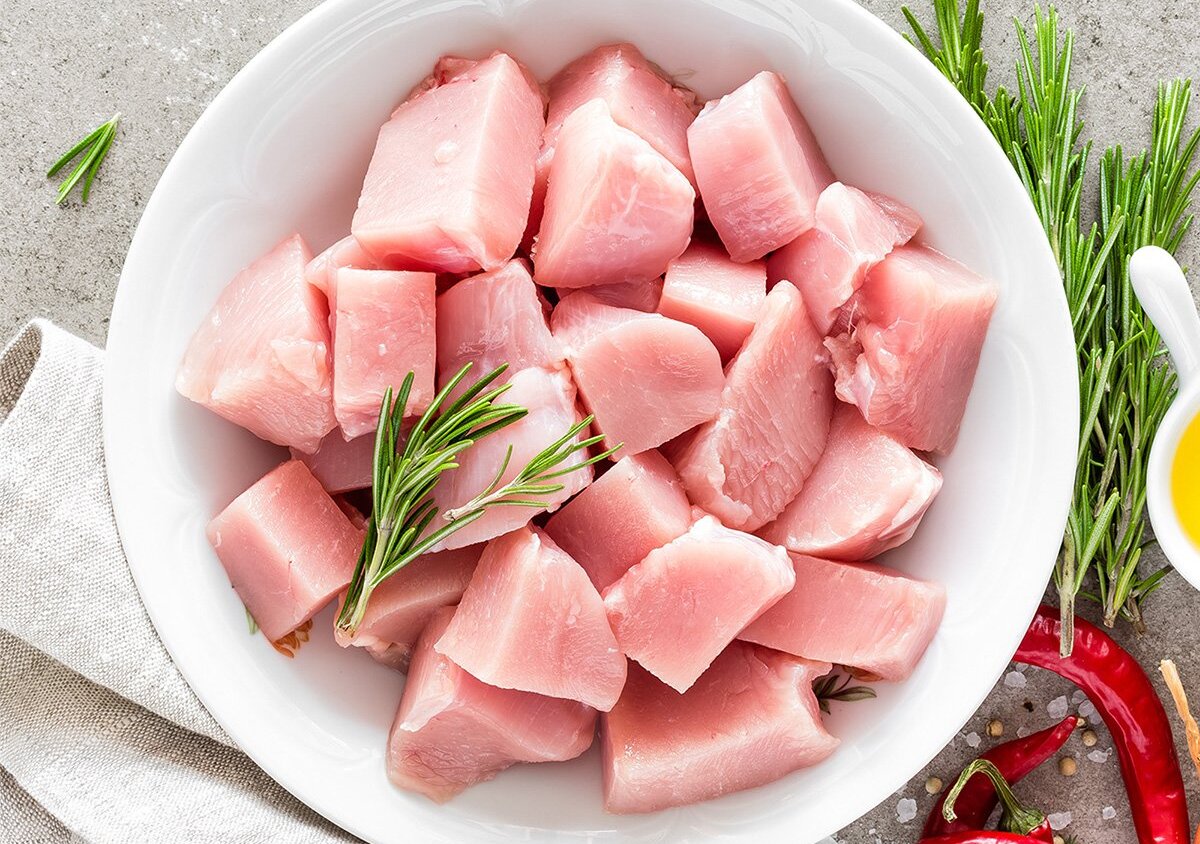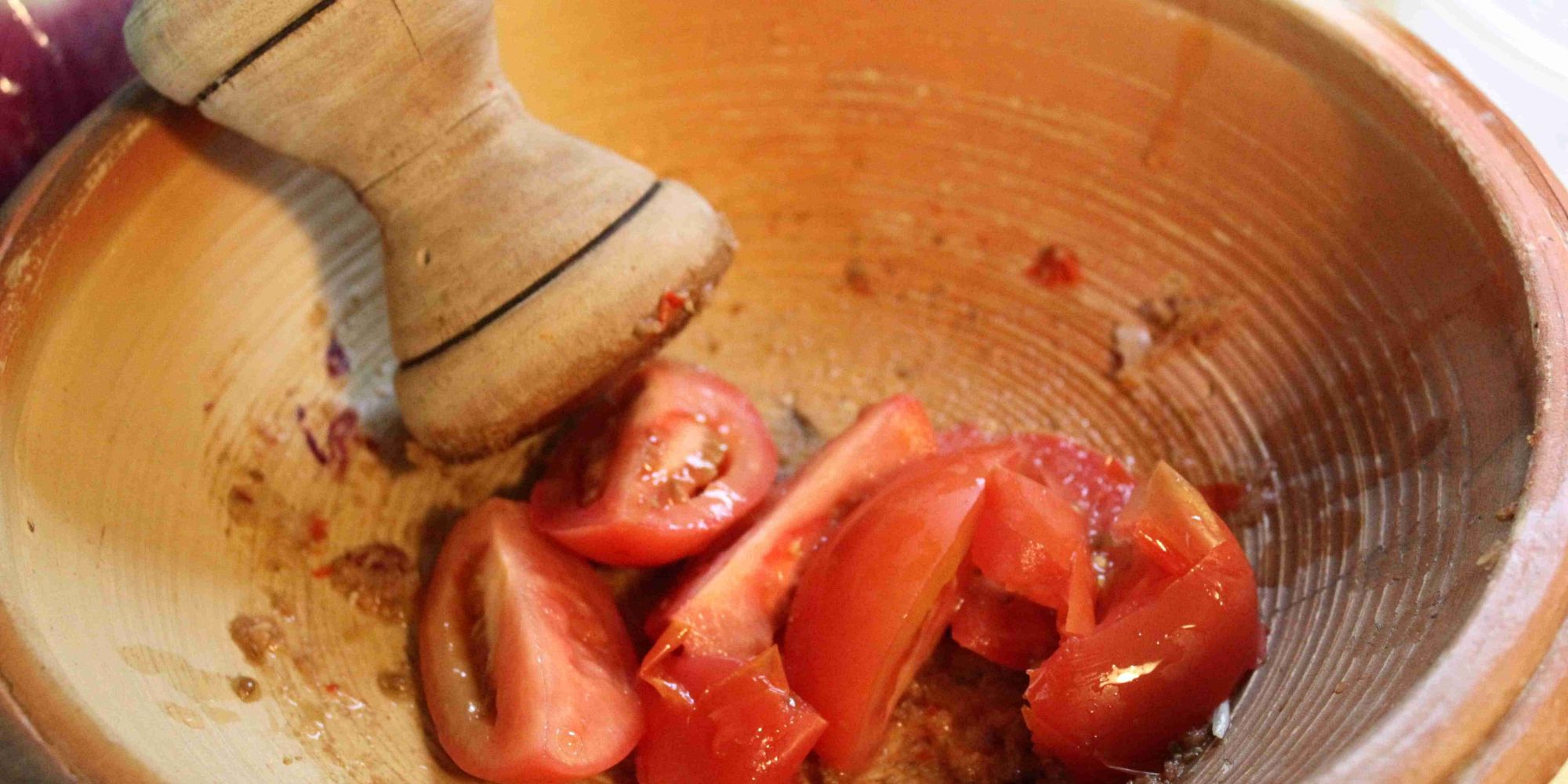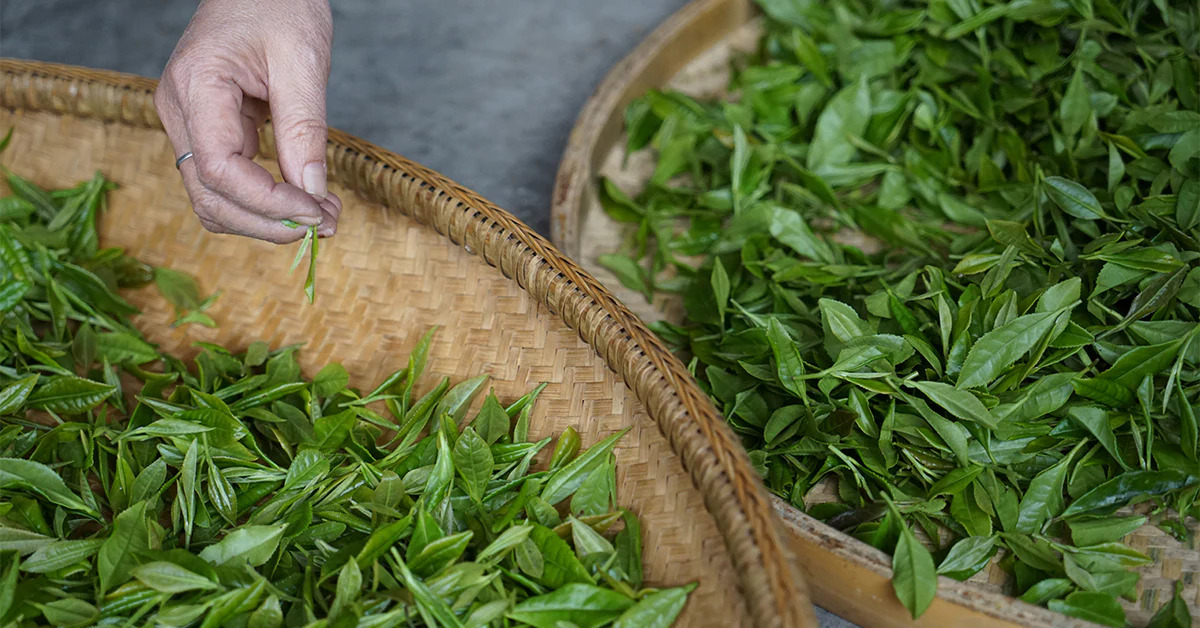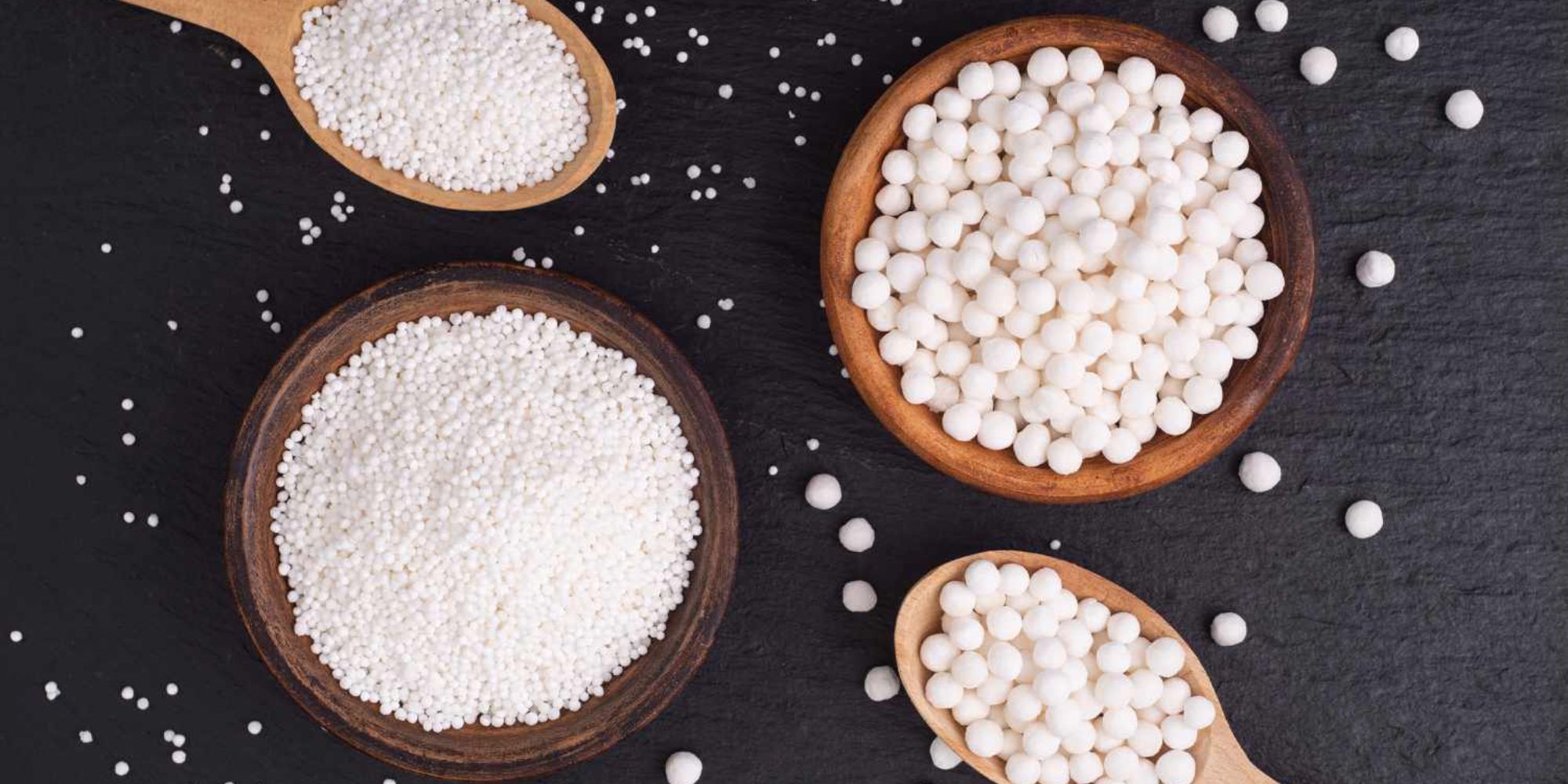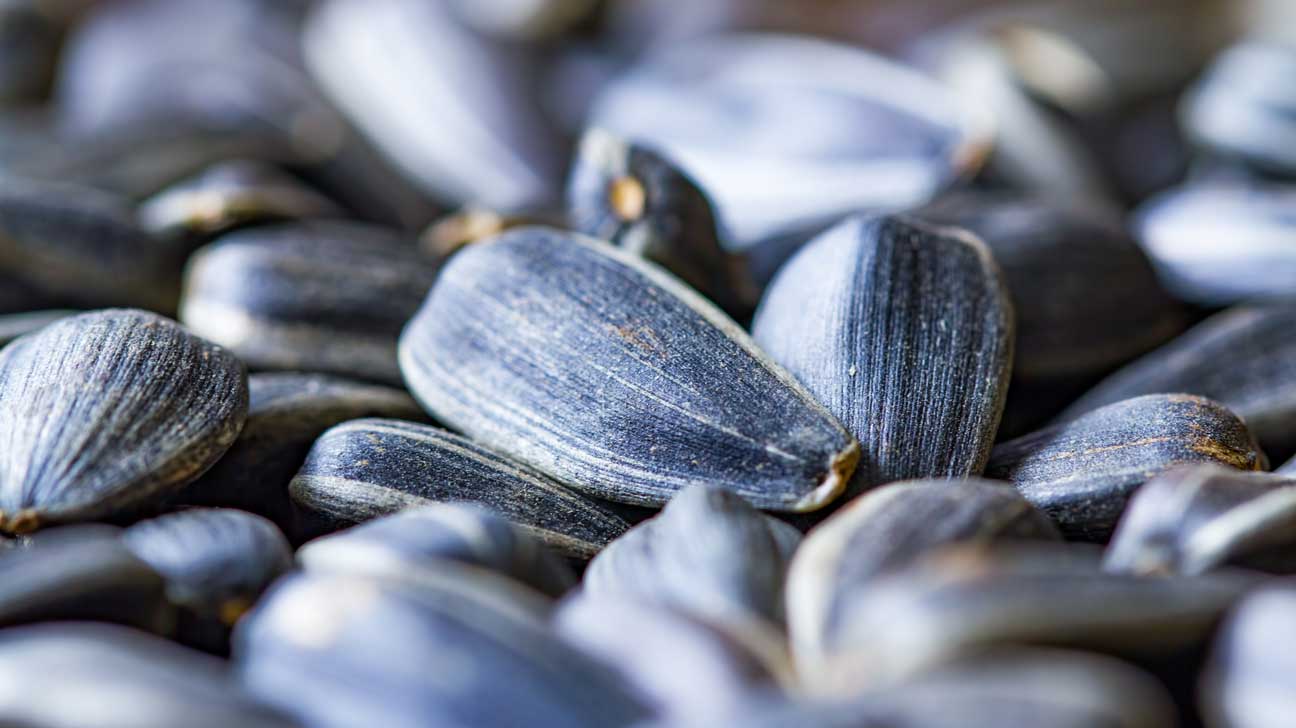Discover the Art of Pickling Fruit
Are you looking for a unique way to preserve and enjoy your favorite fruits? Pickling fruit is a delightful and versatile technique that can add a burst of flavor to your meals and snacks. Whether you’re a seasoned pickling enthusiast or a beginner looking to explore new culinary adventures, learning how to pickle fruit is a rewarding and enjoyable experience.
Choosing the Right Fruit
When it comes to pickling fruit, choosing the right fruit is essential for achieving the perfect balance of flavors and textures. While almost any fruit can be pickled, some varieties lend themselves particularly well to the pickling process. Consider experimenting with fruits such as:
- Apples
- Pears
- Peaches
- Mangoes
- Pineapples
- Watermelon rinds
These fruits offer a delightful combination of sweetness and tanginess that can be enhanced through the pickling process.
Preparing the Fruit
Before you start pickling, it’s important to properly prepare the fruit. Wash and slice the fruit into uniform pieces to ensure even pickling. You can choose to leave the skin on or peel the fruit based on your preference. For larger fruits such as peaches or mangoes, consider removing the pit or stone before pickling to make the process easier and the fruit more manageable to eat once pickled.
Creating the Pickling Brine
The pickling brine is the key to infusing the fruit with delicious flavors and preserving it for an extended period. The brine typically consists of a mixture of vinegar, sugar, and spices. Experiment with different combinations of spices such as cinnamon, cloves, or star anise to create unique flavor profiles that complement the natural sweetness of the fruit.
Here’s a basic pickling brine recipe to get you started:
- 2 cups of white vinegar
- 1 cup of water
- 1 cup of sugar
- 1 tablespoon of salt
- Assorted spices (cinnamon sticks, cloves, etc.)
Combine the ingredients in a saucepan and bring the mixture to a boil. Once the sugar and salt have dissolved, the brine is ready to be poured over the prepared fruit.
The Pickling Process
Once the fruit is prepared and the brine is ready, it’s time to begin the pickling process. Place the fruit in clean, sterilized jars and pour the hot pickling brine over the fruit, ensuring that the fruit is completely submerged. Seal the jars tightly and allow them to cool to room temperature before transferring them to the refrigerator.
Let the fruit pickle for at least a few days to allow the flavors to develop and the fruit to fully absorb the brine. The longer the fruit pickles, the more pronounced the flavors will become.
Enjoying Pickled Fruit
Pickled fruit can be enjoyed in a variety of ways. It makes a delightful addition to cheese platters, salads, or charcuterie boards. The sweet and tangy flavors of pickled fruit can also be used to complement savory dishes such as grilled meats or roasted vegetables.
With the basic techniques and recipes in hand, feel free to get creative and experiment with different fruit and spice combinations to create your own signature pickled fruit recipes. The possibilities are endless, and the results are sure to impress your taste buds and those of your friends and family.
So, why not embark on a pickling adventure and savor the unique and delicious flavors of pickled fruit?
Explore More: Delicious Recipes and Creative Uses for Your Pickled Fruits
For those eager to apply their newfound pickling skills, the article provides an array of tantalizing recipes. From the savory delights of Pickled Peach and Goat Cheese Salad to the sweet twist of Pickled Pineapple Upside-Down Cake, there's a dish to suit every palate. The Pickled Peach Glazed Ham is particularly recommended for its unique combination of sweet and savory flavors, making it a perfect main course for dinner parties. Meanwhile, dessert lovers might gravitate towards the Spiced Pickled Pear Tart, which offers a delightful spiced enhancement to the traditional fruit tart.
Was this page helpful?
Read Next: How To Pickle Beets Without Sugar
